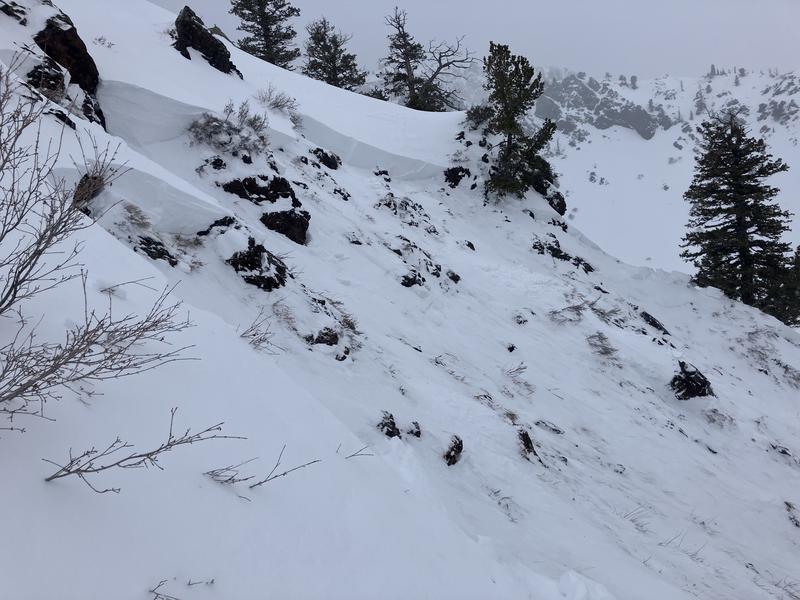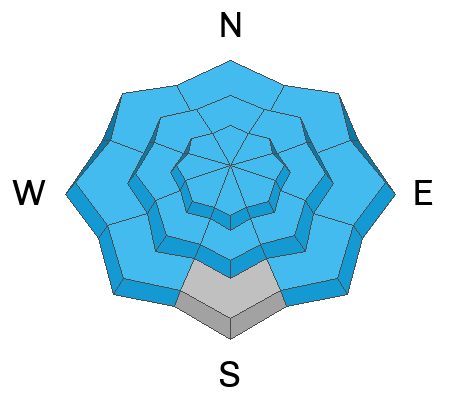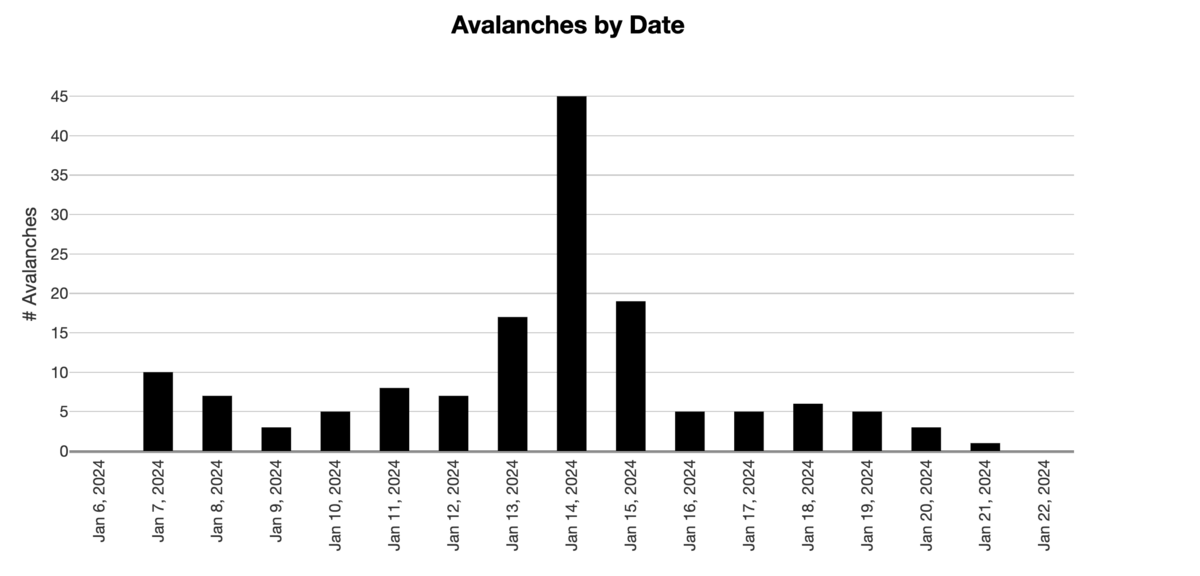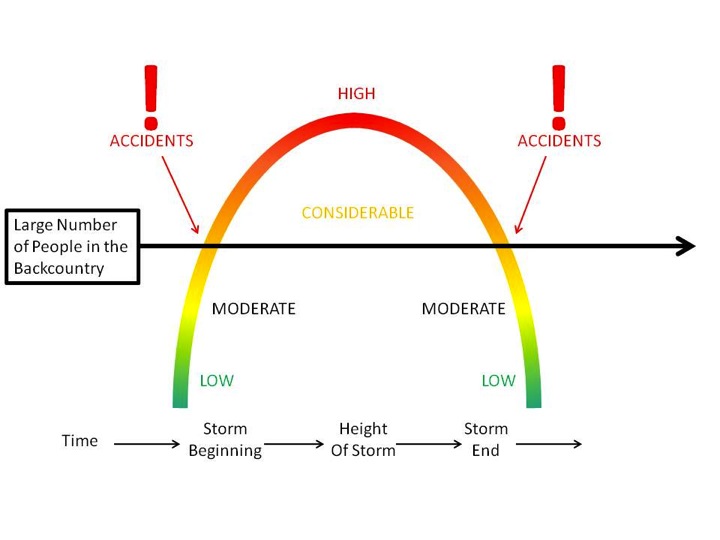Forecast for the Ogden Area Mountains

Issued by Drew Hardesty on
Tuesday morning, January 23, 2024
Tuesday morning, January 23, 2024
The avalanche danger is CONSIDERABLE on many west to north to southeast facing slopes. Dangerous and tricky avalanche conditions exist. Cautious route-finding and conservative decision making is essential. Essential to what? - Essential to making it back to the trailhead at the end of the day. Be careful out there.
Remember if you're stepping out of bounds at a ski area, you are stepping into CONSIDERABLE danger.
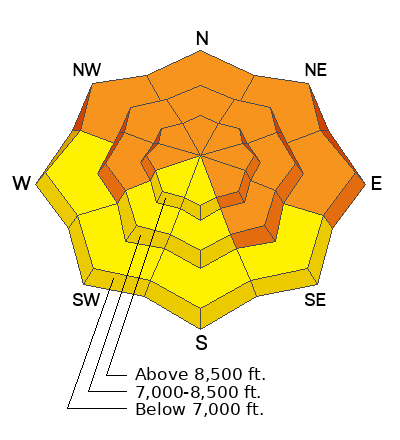
Low
Moderate
Considerable
High
Extreme
Learn how to read the forecast here


